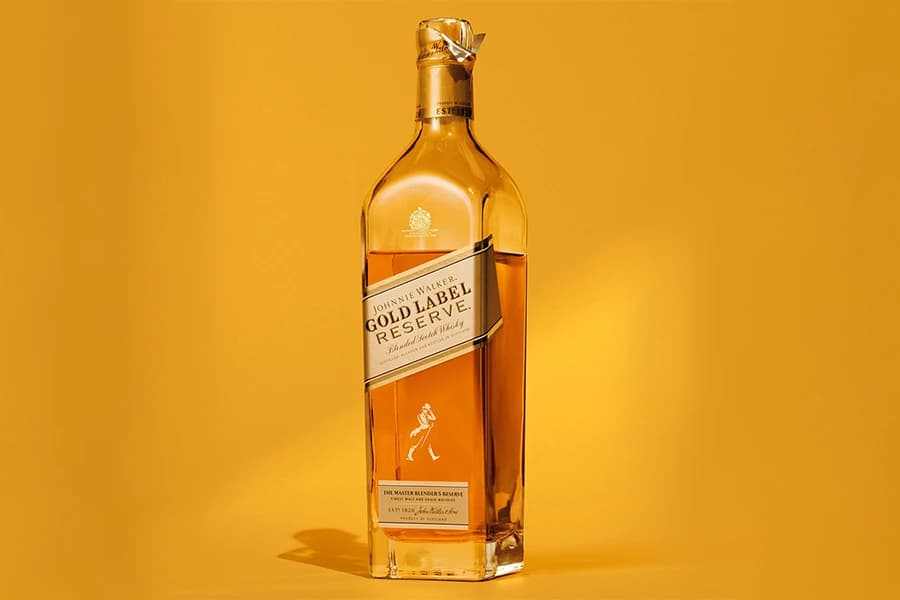Here’s How To Read A Whisky Label – Without Feeling Intimidated
A daunting exercise for those who are new to the world of whisky is choosing the right bottle for their tasting experience from the numerous spirit variations available out there. When faced with dozens of such bottles staring down at an amateur, each one talking about its malts, blends, ABVs, age statements and flavours, it is no surprise that one would feel slightly intimidated. Which bottle to procure when faced with such myriad options can become slightly overwhelming.
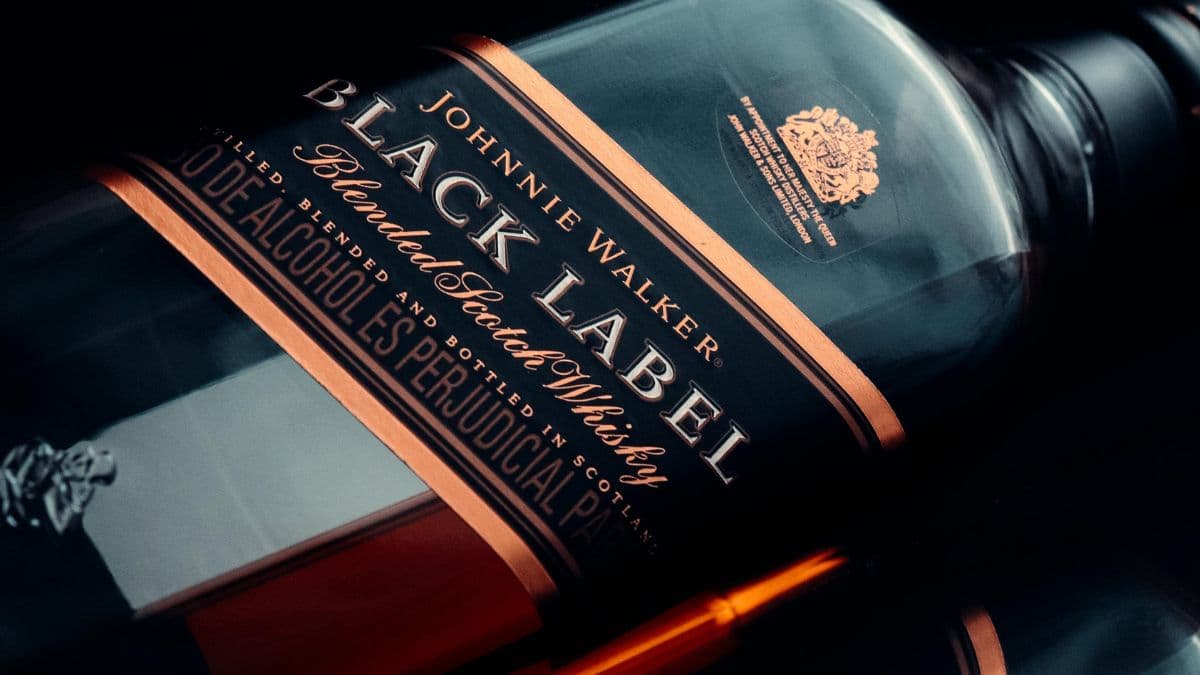
So, here’s a breakdown of some of the more interesting elements that an amateur can look for while reading whisky labels to find out all essential characteristics of this spirit before actually making it part of the home bar.
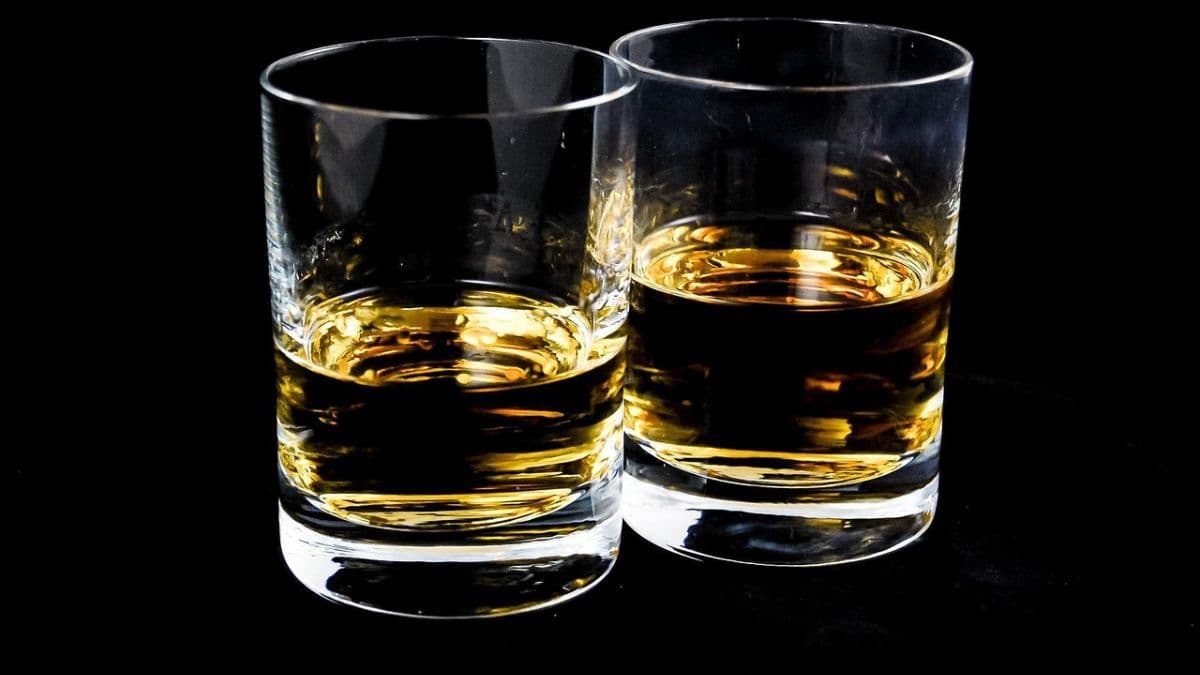
What does the age statement actually mean?
Put simply, the age statement tells you the number of years that the youngest whisky in the bottle spent maturing in the cask. More number of years such as 8 or 12 means the whisky has been aged for a longer period and has thus matured far greater than some which have been aged only for 4 to 5 years.

Is the age statement the only indicator of good quality whisky?
Interestingly, the age statement is hardly the only marker of quality in a whisky. Along with age, the kind of blends that are used to prepare whisky and the way it is distilled also affect taste and maturation, which in turn influences quality.
What is the difference between single malt, blended and grain whisky?
– Single malt is made from 100% malted barley at a single distillery.
– A blended whisky comprises a mix of single malts and grain whiskies accumulated from multiple distilleries such as a premium Johnnie Walker Black Label.
– Grain whisky, for its part, is simply whisky which is made using grains like corn or wheat that is often added to blends.
Essential to remember is that grain whisky can also be made using unmalted barley which is significantly different from a single malt that uses malted barley in its making.
Also Read: Whisky Tasting And Summer BBQ Ideas: 5 Easy Food Pairings For Home Hosts
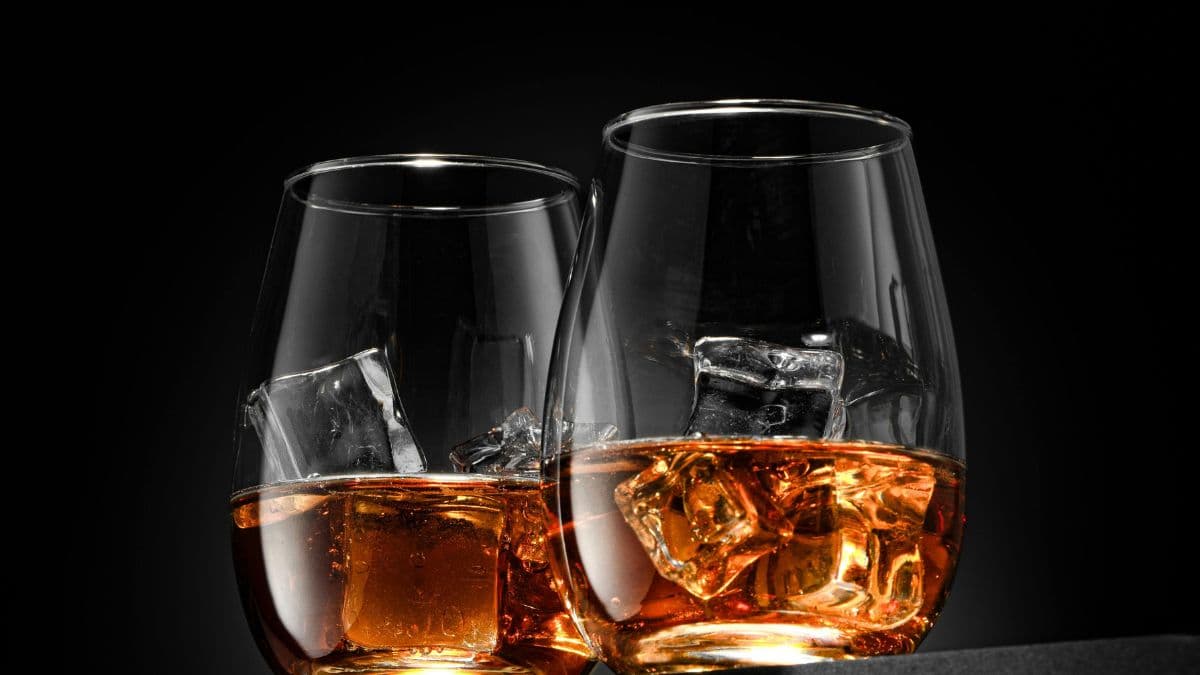
What is ABV and why is it significant?
ABV stands for Alcohol By Volume. Generally, more ABV means the flavours of the spirit are more robust. Cask strength or barrel proof whiskies with a slightly higher proportion of ABV carry robust, intense and uncut flavours.
Such whiskies can be had with a splash of water during a tasting experience to tone down some of its more pronounced flavours.
What is finish or ‘finishing’ in the world of whiskies?
Essentially, finish refers to how the whisky was matured towards the end of its ageing process. For instance, a whisky which was earlier aged in bourbon barrels might be transferred into a port wine cask for introducing more complex flavours into the spirit.
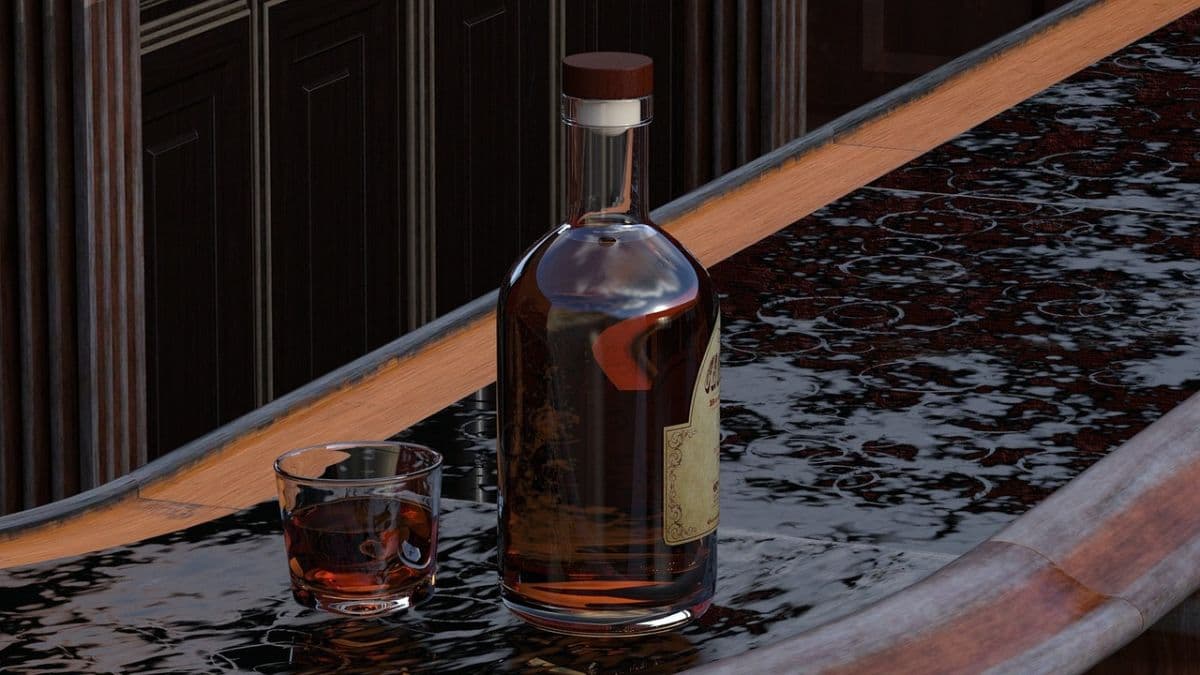
When looking for a good whisky to begin a tasting experience, what are some elements to look for?
As a beginner, look for the following factors on a bottle before setting your eyes on it:
– Style: Go for single malts, blended whiskies or bourbon to begin your tasting journey.
– ABV: As an amateur, starting with 40 – 46% ABV is suitable because it will allow for better flavour exploration.
– Ageing: Avoid stressing too much on the number of years the whisky was aged for. The better the blend and finish, the better the taste of the spirit.
– Cask Finish: Find out from the label how the whisky was finished. Sherry or bourbon finish are excellent options for beginners to explore the complex flavours of this liquor.
– Tasting Notes: Some whisky bottles describe tasting notes of the spirit. An amateur can look for words like vanilla, smoky, spice, and fruity when searching for a sipping whisky.
Drink Responsibly. This communication is for audiences above the age of 25.




